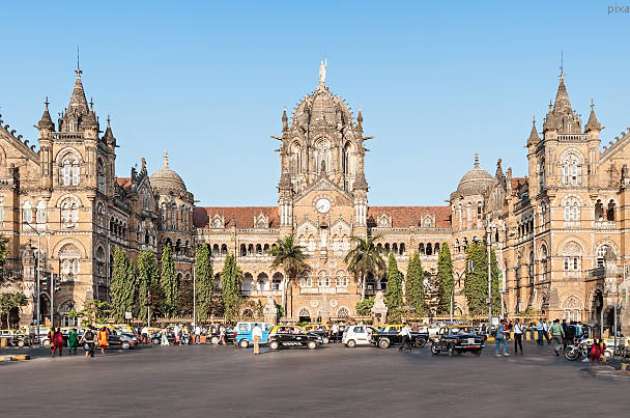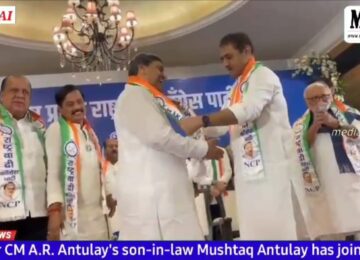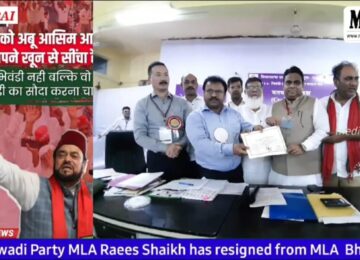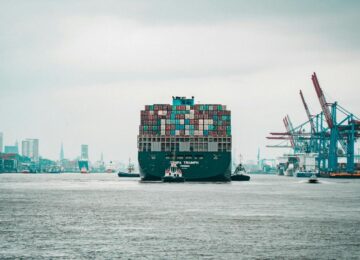Anupama Nair
Bombay was a ‘dream city in my childhood. I had seen Bombay, its city life and the local trains in Bollywood movies. I only had the chance to come to Bombay after nearly two decades. To me who came from Delhi, it was a different culture altogether. I got the shock of my life when I saw a station through the windows of Rajdhani Express and my husband said “welcome to Bombay”, the station was so crowded and even the local trains standing there were over-crowded. The station was Virar. I never imagined the city I had always dreamt of, would be overcrowded to such an extent that an Enochlophobiac (crowd-phobic) person like me would be scared. It took nearly two years to muster the courage to get on a local train i.e., non-office hour. Even today the local train scares me and I prefer traveling by road. However, I have become a true Mumbaikar though I’ve not forgotten Delhi and its culture. Here I am throwing more light on Bombay or Mumbai.
I, like most people, thought Mumbai’s history was only as old as the arrival of the Portuguese and the British in India. The famous Maratha empire flourished in Pune and elsewhere and Mumbai had only colonial history, so I thought. However, a glimpse of the History of Mumbai changed my perspective and I discovered Mumbai has a history as old as the rest of the country.
The human habitation of Mumbai existed since the Stone Age. The Kolis and Aagri (a Marathi fishing community) were the earliest known settlers of the islands. The islands (Colaba, Mazagaon, Mahim, Parel, Bombay Island, Worli and Old Woman's Island), were absorbed into the Mauryan Empire in the 3rd Century BC. Mauryan Emperor Ashoka’s support made the islands a center of Buddhist religion and culture. The Buddhist monks, scholars, and artists shaped the artwork, inscriptions, and sculptures of the Kanheri Caves and Mahakali Caves in the mid-3rd Century BC . After the decline of the Maurya Empire in 185 BC, these islands fell into the hands of Satavahanas. The port of Sopara (Nala Sopara now) was an important trading center during the 1st Century BC, with even trade contacts with Roman Empire.
The islands were even known to the famous Greek geographer Ptolemy in 150 AD. He called it Heptanesia (a cluster of seven Islands). After the end of the Satavahana rule in 250 AD, the Abhiras of Western Maharashtra and Vakatakas of Vidarbha ruled over the islands. The Abhiras ruled for 167 years, till around 417 AD and the Kalachuris of Central India ruled the islands during the 5th Century, which were then acquired by the Konkan Mauryas in the 6th and early part of the 7th Century. The Konkan Mauryas were feudatories of Kalachuris, and the historical Jogeshwari Caves were constructed during their regime between 520 and 525 AD.
The Greek merchant Cosmas Indicopleustes is said to have visited Kalyan during 530–550 AD. The Elephanta Caves, which is a major tourist location was constructed in the 6th Century AD.
The year 1498 AD was the most epoch-making year in the history of Bombay and of India, as for the first time, an invader entered India through the Indian Ocean instead of the usual Himalayan Passes. The Portuguese were the first of the Europeans who discovered the sea route to India. Vasco da Gama reached Calicut in 1498. He was received kindly by the local ruler Zamorin who gave him permission to establish direct trade links with Portugal. He is reported to have stayed in India for three months and he later returned with a vessel loaded with a large number of precious goods which was sold in the European market at 60 times the total cost of his trip. In 1505, Francisco de Almeida was appointed as the Viceroy of India, on the condition that he would set up four forts on the south-western coast at Anjediva Island, Cannanore, Cochin and Quilon.
Francisco de Almeida became the first Portuguese to reach Bombay and called Bombay as ‘Bombia’ which meant good bay. However, the Portuguese paid their first visit to the islands on 21 January 1509, when they landed at Mahim after capturing a Gujarati barge in the Mahim creek.
I will write about more interesting things in the next part.
(to be continued….)




























